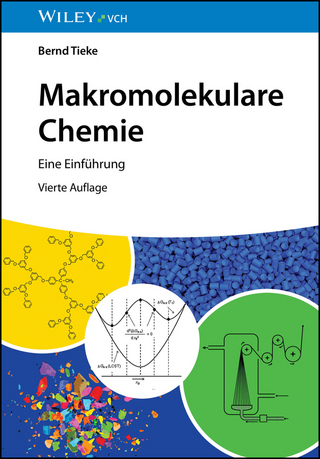
Organic Structure Analysis
Seiten
2010
|
2nd Revised edition
Oxford University Press Inc (Verlag)
9780199733224 (ISBN)
Oxford University Press Inc (Verlag)
9780199733224 (ISBN)
Organic Spectroscopy is a standard chemistry course offered each year to large numbers of seniors and beginning graduate students. They learn to efficiently solve problems of molecular structure determination by an integrated use of four primary spectroscopic methods; NMR; mass spectrometry; infrared and ultraviolet. The problem solving approach used in the second edition follows the actual information flow used by practitioners solving molecular strustures and not the standard methods-based aooroach used in other texts.
In the ten years since the last edition published there have been significant changes in spectroscopic instrumentation and these are reflected throughout this text. New sections have been included where the first edition omitted coverage, and all chapters are updated with the most recent developments in the field. Major changes have been made in the pivotal chapters covering multipulse 1D and 2D nuclear magnetic resonance methods and the chapters covering mass spectrometric methods have been split from two into three to increase content on modern MS methodology. As examples in NMR, selective pulses and their uses, 15N 2D methods and computer assisted structure elucidation has been included and there is now a section on NOESY and ROESY. For MS the three chapters cover: core techniques and ionization processes; small and large molecule analysis and fragmentation processes.
A hallmark of this text is the focus on chemical structure and the text revolves around how relevant information regarding skeleton, functional groups and stereochemistry can be derived and the benefits/disadvantages of particular approaches. The straightforward writing style and use of illustrative examples, clearly reproduced spectra and a large number of problems make this text more accessible than ever.
In the ten years since the last edition published there have been significant changes in spectroscopic instrumentation and these are reflected throughout this text. New sections have been included where the first edition omitted coverage, and all chapters are updated with the most recent developments in the field. Major changes have been made in the pivotal chapters covering multipulse 1D and 2D nuclear magnetic resonance methods and the chapters covering mass spectrometric methods have been split from two into three to increase content on modern MS methodology. As examples in NMR, selective pulses and their uses, 15N 2D methods and computer assisted structure elucidation has been included and there is now a section on NOESY and ROESY. For MS the three chapters cover: core techniques and ionization processes; small and large molecule analysis and fragmentation processes.
A hallmark of this text is the focus on chemical structure and the text revolves around how relevant information regarding skeleton, functional groups and stereochemistry can be derived and the benefits/disadvantages of particular approaches. The straightforward writing style and use of illustrative examples, clearly reproduced spectra and a large number of problems make this text more accessible than ever.
1. Introduction to Nuclear Magnetic Resonance ; 2. Interpretation and Use of Proton and Carbon Chemical Shifts ; 3. Interpretation and Use of Proton or Carbon Coupling Constants ; 4. Multiple-Pulse and Multidimensional NMR Techniques ; 5. Mas Spectrometry: Core Techniques and Ionization Processes ; 6. Mass Spectrometry Analysis of Small and Large Molecules ; 7. Fragmentation Processes in Electron Ionization Mass Spectrometry ; 8. Infrared Spectroscopy ; 9. Optical and Chiroptical Techniques: Ultraviolet Spectroscopy ; 10. Strategies of Determining Structure and Stereochemistry: Spectroscopic Data Translated into Structures. ; 11. Problems in Organic Structure Analysis
| Erscheint lt. Verlag | 28.10.2010 |
|---|---|
| Verlagsort | New York |
| Sprache | englisch |
| Maße | 276 x 220 mm |
| Gewicht | 1284 g |
| Themenwelt | Naturwissenschaften ► Chemie ► Organische Chemie |
| ISBN-13 | 9780199733224 / 9780199733224 |
| Zustand | Neuware |
| Informationen gemäß Produktsicherheitsverordnung (GPSR) | |
| Haben Sie eine Frage zum Produkt? |
Mehr entdecken
aus dem Bereich
aus dem Bereich


